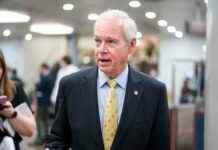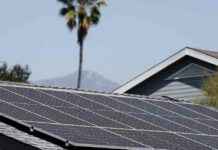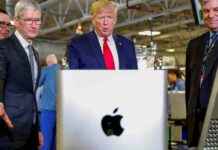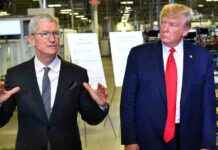Elon Musk, the brilliant mind behind Tesla and SpaceX, found himself in the spotlight once again at the inauguration ceremony in the U.S. Capitol Rotunda as Donald Trump was sworn in as the 47th U.S. President on January 20, 2025. As the world watched this historic event, little did they know that Tesla would soon be making headlines of its own.
Tesla’s fourth-quarter earnings report left investors disappointed as the company missed analysts’ estimates. The stock initially took a hit in after-hours trading, only to rebound shortly after. The figures spoke volumes:
• Earnings per share came in at 73 cents adjusted, falling short of the expected 76 cents
• Revenue totaled $25.71 billion, missing the estimated $27.26 billion
The year-over-year comparison painted a clearer picture of Tesla’s financial health. While revenue saw a modest 2% increase, automotive revenue plummeted by 8% to $19.8 billion. A significant portion of this revenue, $692 million to be exact, came from regulatory credits. Operating income took a hit, declining by 23% to $1.6 billion.
One of the major reasons cited for this decline was the reduction in average selling prices across Tesla’s popular Model 3, Model Y, Model S, and Model X lines. As a result, net income saw a staggering 71% drop from the previous year, falling to $2.32 billion, or 66 cents per share, from $7.93 billion, or $2.27 per share. It’s worth noting that the previous year’s net income figure was boosted by a $5.9 billion one-time noncash tax benefit.
The market had high hopes for Tesla following President Donald Trump’s election, given Musk’s close ties to the administration. However, the reality fell short of expectations. Operating margin for the quarter narrowed to 6.2%, down from 8.2% the previous year and 10.8% in the previous quarter.
In a bid to boost sales, Tesla resorted to offering discounts on inventory vehicles and special deals for North American customers referred by existing Tesla owners. The company also slashed prices on its Model Y SUVs in China before introducing an updated version, the Model Y Juniper.
Looking ahead, Tesla remains focused on making its electric vehicles more affordable for consumers. The company emphasized in its shareholder deck that affordability is a top priority. Musk has been urging investors to shift their focus towards a future driven by autonomy and robotics, rather than the current core business.
Despite promising glimpses of Tesla’s future, such as showcasing an early prototype of the Cybercab, the company still faces stiff competition in the autonomous vehicle space. While Tesla’s Full Self-Driving (Supervised) system is a step in the right direction, rivals like Google’s Waymo and Chinese companies WeRide and Pony.ai are making significant strides in commercial robotaxi services.
As Tesla looks towards the future, Musk announced plans to introduce an unsupervised Full Self-Driving option in the coming months. The company aims to launch its driverless ride-hailing business later this year in select U.S. markets, promising an exciting shift in the automotive landscape.
With Tesla’s energy business showing strong performance in the fourth quarter, outshining the automotive unit, the company appears poised to navigate the challenges ahead. However, Musk’s controversial statements and political affiliations have not gone unnoticed, impacting Tesla’s brand value and raising concerns among shareholders.
As Tesla charts its course in an ever-evolving industry, the road ahead remains uncertain yet promising. Musk’s vision of a self-driving future may soon become a reality, offering a glimpse into the transformative potential of Tesla’s innovative technologies.













